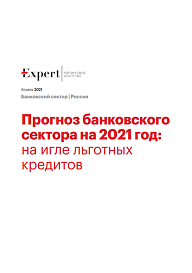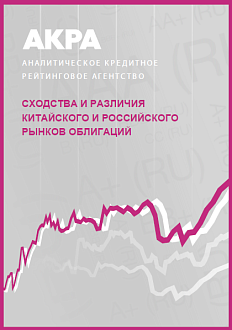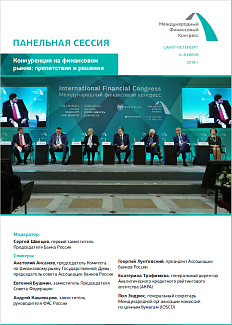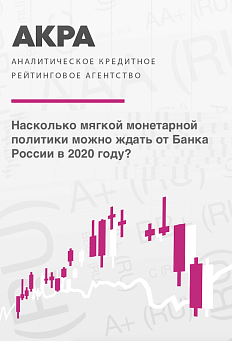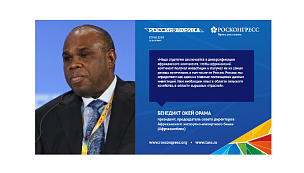A study by the Expert RA credit rating agency examines the results of 2020 for the Russian banking sector and provides a forecast for 2021, including with respect to lending to individuals and companies and the profit of the industry as a whole.
The Roscongress Foundation presents the salient points of the publication accompanied by fragments of broadcasts of relevant panel discussions from the business programme of international events held by the Roscongress Foundation.
The lending activity indicator of the banking sector in 2020 decreased to 76%.
Despite the large-scale soft loan programs in 2020, the sectors lending activity index, that is, the ratio of the portfolio of loans to individuals and legal entities to funds raised from individuals and legal entities, decreased by 2 percentage points to 76%. Lending grew more slowly than the resource base.
The pandemic has increased the number of voluntary bank liquidations amid unfavorable economic conditions, increased competition for quality borrowers and increased requirements for the level of digitalization of banking services. In 2020, for the first time, the number of voluntary liquidations of credit institutions exceeded the number of revoked licenses (22 credit institutions versus 16).
State support programs will provide the bulk of lending growth in 2021.
Government programs will ensure the growth rate of lending in key segments, but at a slower pace due to the completion of a number of programs. Concessional lending programs are becoming increasingly important for ensuring economic growth due to the growing shortage of quality borrowers. Without government subsidies, interest rates on preferential loans do not cover the level of risk and do not provide sufficient margin for banks.
At the same time, many borrowers will not be able to service loans at the level of interest rates that banks are ready to offer them on market conditions without government subsidies. Besides, the agencys experts expect that the key rate will be in the range of 5-5.25%, and its increase will not occur until the second half of the year.

In 2021, stagnation in net interest income and an increase in commission income are expected.
The authors of the study expect that in 2021, due to the rise in funding costs, net interest income will grow insignificantly (by no more than 2-3%). As a result, the role of the commission business will be further strengthened. According to the agencys estimates, net commission income will grow by 14 percentage points in 2021 against 10% in 2020, and its share in net operating income will increase by 2 percentage points, to 28%.
The most noticeable positive dynamics at the end of 2020 was shown by commission income from brokerage services (+ 28%) and remuneration on issued guarantees (+ 29%). In 2020, against the background of a significant decrease in deposit rates, the volume of funds in brokerage accounts with banks increased 2.5 times, to 798 billion rubles. The authors believe that the flow of funds from deposits to brokerage accounts will continue in 2021, as the increase in deposit rates will be insignificant.
The role of the banking sector in the real economy of the country is becoming more and more noticeable.
Against the background of declining margins in the traditional banking business and increasing competition for clients with fintechs, banks are forced to look for new sources of income. Many large banks are increasing their investments in related sectors of the financial market, for example, leasing and insurance business. Thus, over the past five years, the share of bank leasing companies in the volume of new car leasing business, which is the most diversified and attractive in terms of profitability, has grown from 39% to 50%. The interest of banks in non-core business and non-banking services is growing.

For more information, see the special sections of the Roscongress Foundation Information and Analytical System: Banking, Financial market, Monetary policy, devoted to financial analytics.


